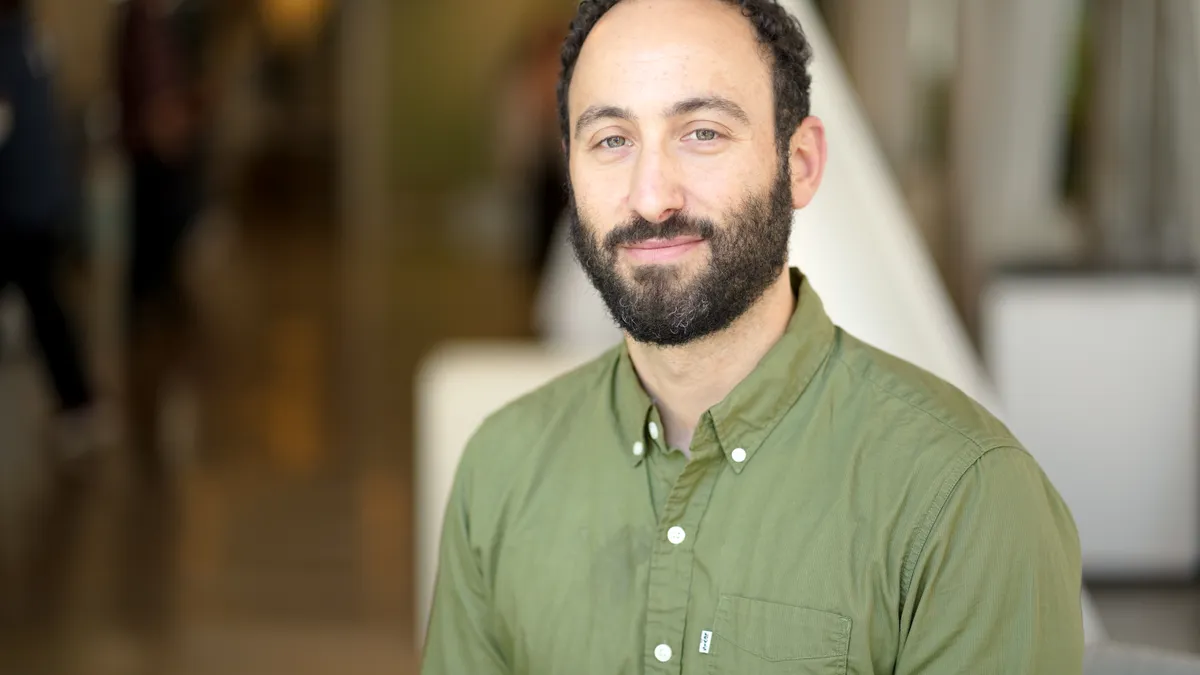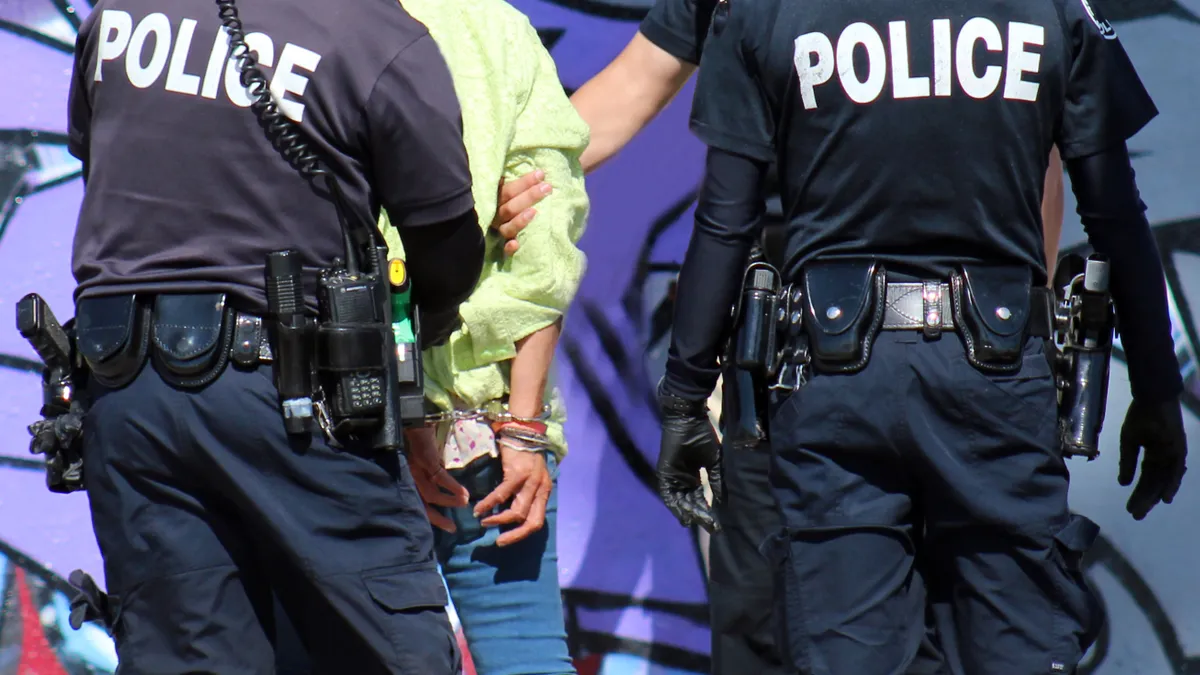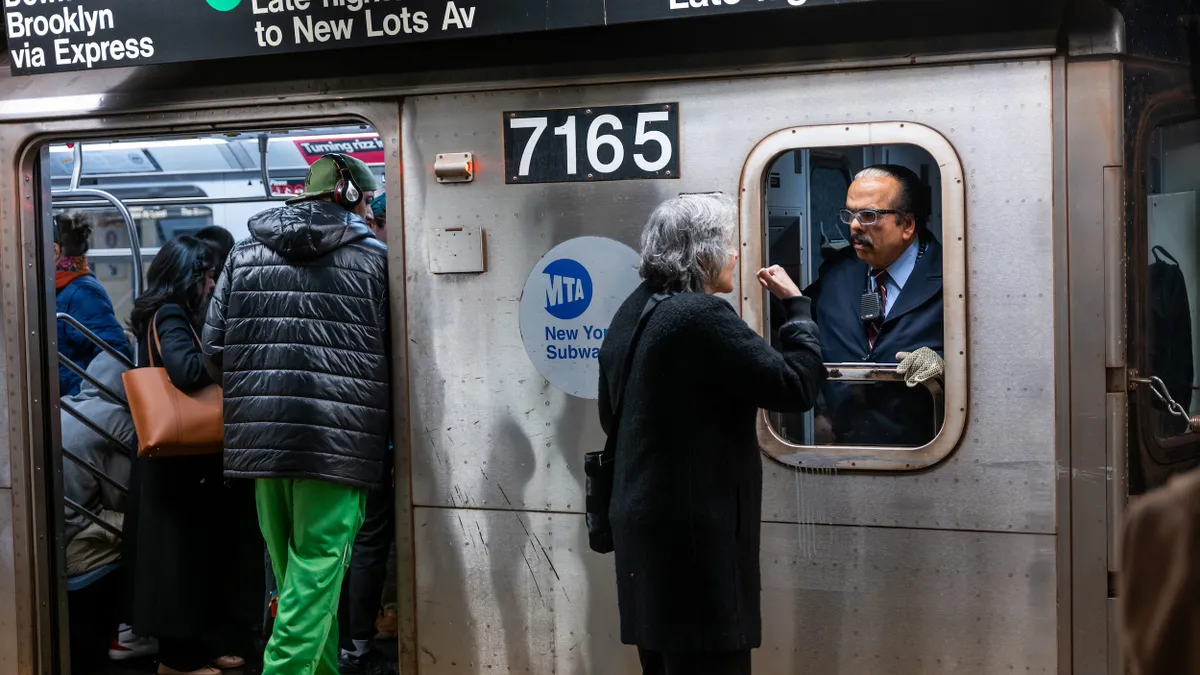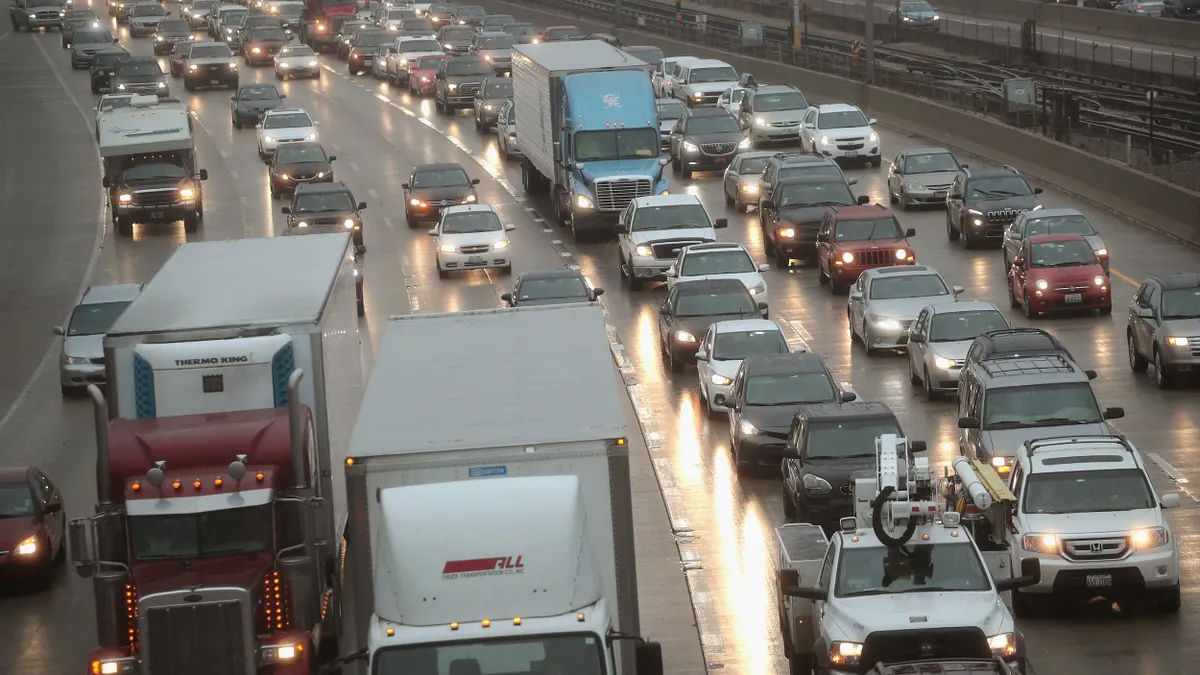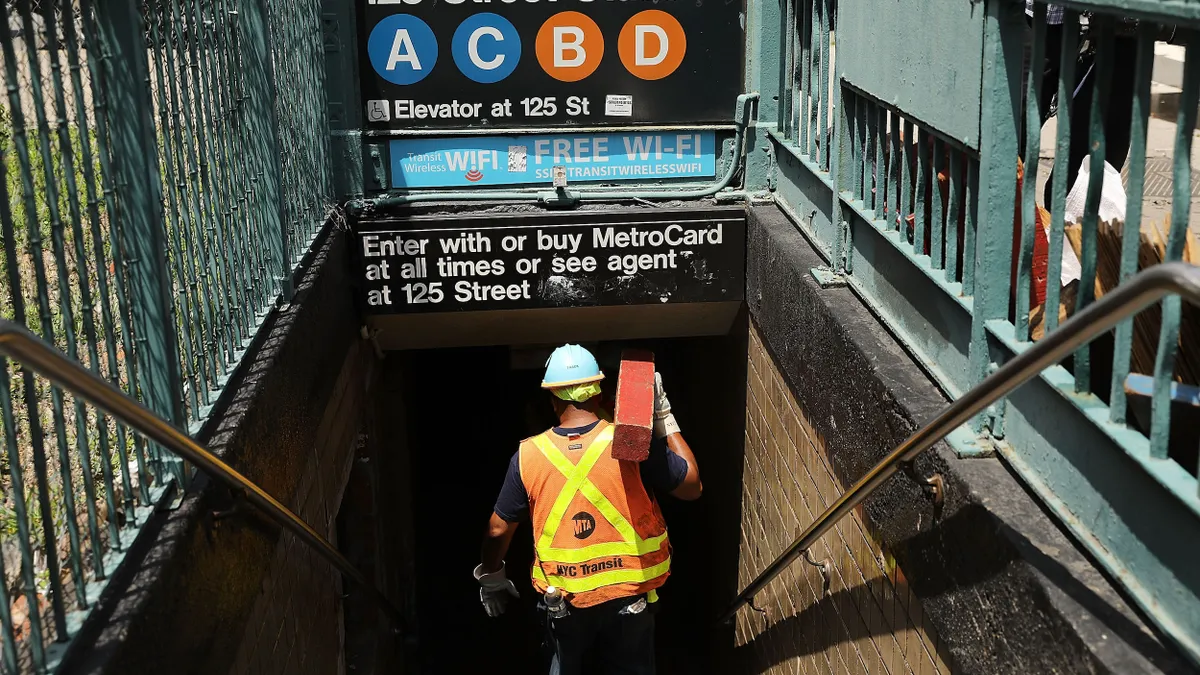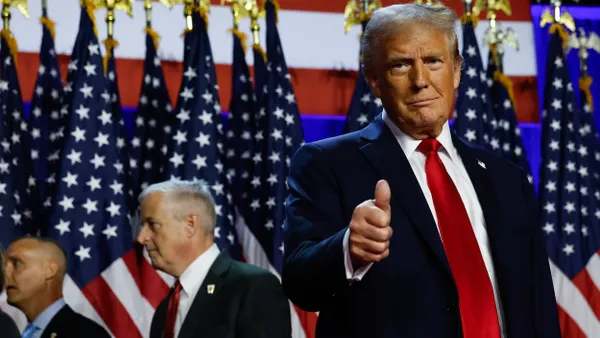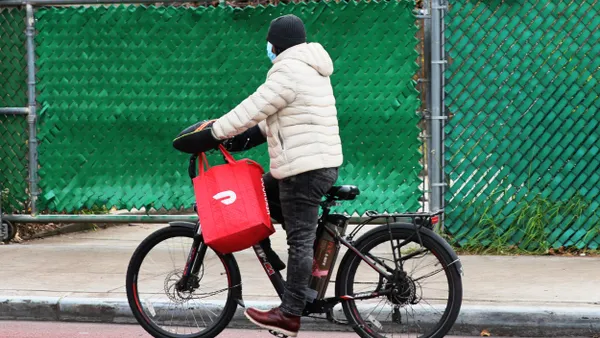Skeptics believe the COVID-19 pandemic and related stay-at-home orders could set the micromobility industry up for a scooter apocalypse. Some media outlets suggest it may not be worth keeping scooters around post-pandemic, while others say the "era of the electric scooter as we know it is over."
But what if this is a chance for micromobility companies to reset and remerge from a challenging time better than before? Scooter-sharing pioneer Lime believes this just may be the case.
On May 7, Lime announced a $170 million funding round, led by an $85 million investment from Uber (as well as smaller investments from Alphabet, GV and others). The deal folded Uber's JUMP e-bike and e-scooter business into Lime's operations, giving riders a more streamlined experience — and giving Lime a stronger foothold in the industry.
In Uber's first quarter (Q1) earnings call that day, CEO Dara Khosrowshahi addressed this investment by highlighting the "variety of modes" this deal will offer to its customers. This is especially crucial for Uber as it plans for $1 billion in fixed-cost cuts to reach profitability amid COVID-19.
In a call with Lime's Chief Policy Officer David Spielfogel, Smart Cities Dive fired off 10 key questions to learn more about Uber's investment, Lime's takeover of JUMP and the potential for more industry consolidation post-pandemic.
The following interview has been edited for clarity and brevity.
SMART CITIES DIVE: What sparked this investment from Uber?
DAVID SPIELFOGEL: As Dara said on his earnings call, what Uber has learned over the last year of running JUMP is to be truly successful in the micromobility space, you need to have a singular focus on just making bikes and scooters operationally work.
They obviously talked to a lot of companies in the space and decided that Lime was the one that’s cracked the code on figuring out how to be operationally excellent in markets, break even or become profitable, and really accelerate the deployment of micromobility at a time when cities are definitely clamoring for it.
How does acquiring JUMP’s operations impact the way you market both companies?
We’re going to fully integrate the JUMP assets and operations. Obviously we are a micromobility company, not a scooter company, so having the addition of those bikes is very helpful. And they're deployed around the world. So we are excited for many of the cities we already service to now have a bike option.
The plan is for full integration, and we’re already hard at work on that. It takes a little time, certainly on the technical side, but that’s in full swing.
Can customers anticipate the Lime and JUMP brands to merge?
Yes. I think people will see Lime as the brand.
How does this impact your operations in cities where Lime has fleets but JUMP doesn't and visa versa?
It’s very individualized for the cities. Do we both each deploy scooters? Do we deploy anything? We’ve taken a very individualized approach in each city.
All of these begin with conversations with our government counterparts about what they’ve enjoyed about the JUMP program and what they want to see improved, because we ask that about the Lime program all the time of our city partners. And then figuring out the best parts of each to keep running, and how to improve the other pieces.
But what differentiates Lime scooters from JUMP? What makes it appealing to a city to bring in both brands?
I think most cities recognize that Lime’s operational excellence means our service is way more reliable than that of our competitors. And by reliable I mean, scooters are where people need them, they’re available, when you walk up to one it actually works, and we balance them in a very smart way so that we’re always able to serve the population that needs it.
The fact that we have by far the largest operations globally means we have a ton of data that helps us build the best systems to figure out how to meet demand. At the end of the day, that reliability is what differentiates us.
How is this deal with Uber helping Lime survive the current pandemic?
It’s very rare to have a moment when you can hit a reset on transportation systems, both how you treat the public [right of] way and which modes you prioritize. I think cities realize that coming out of COVID, there’s going to need to be new options that allow for open-air and socially-distanced travel. Trains, for a short period of time, are just not going to be able to carry as many people, and there’s a real fear that people are going to move back to their own cars, which is just not sustainable.
When you then begin to look in your toolbox and think about what modes we can accelerate so that people have these clean, efficient and safe options, there’s no doubt in my mind that bikes and scooters are going to play a very central role in that. We see this as a massive opportunity.
The truth is that the investment we got lets us weather COVID, and also come out of it pretty strong to offer reliable and robust services to cities that are looking for this next generation solution.
In this reset, is Lime planning any other major changes?
No. We will continue to improve our operations, but in terms of products and other acquisitions, it’s not something we can talk about.
What policies do you recommend cities roll out in refocusing transportation initiatives?
I think now is a once-in-a-lifetime opportunity to reset transportation and public space policy so everything from converting more space in streets to support pedestrians and bike riders, to changing the financial incentives that prioritize cars over public transit or bike- and scooter-share. This is the time to do that — the very limited window we have to make big changes — because people are going to rely on those new modes when we emerge from COVID.
On the micromobility side, what do you think will be the lasting policies we see beyond this pandemic?
I think the key thing that we can do as an industry is ensure we have enough players who are financially strong enough to weather these short storms, but also be a critical mode to help people get through them.
Look, people need to get around. We know people are traveling. The question is, are we going to be supporting safe ways of doing that or are we going to have relapses because people are getting into crowded spaces? I think it’s honestly a responsibility of the industry to get to a financially sustainable place so we’re able to be this safe partner for people in the long run.
Do you think this is the start of a new wave of micromobility M&As?
Yep. I would also say you’re going to see companies focus. When a ride-share company or a car company has a scooter service, it’s very hard to make micromobility work if it’s not the laser focus of the entire leadership team. I would expect to see some of that extend to other operations.
To keep up with all of our coverage on how the new coronavirus is impacting U.S. cities, visit our daily tracker.



